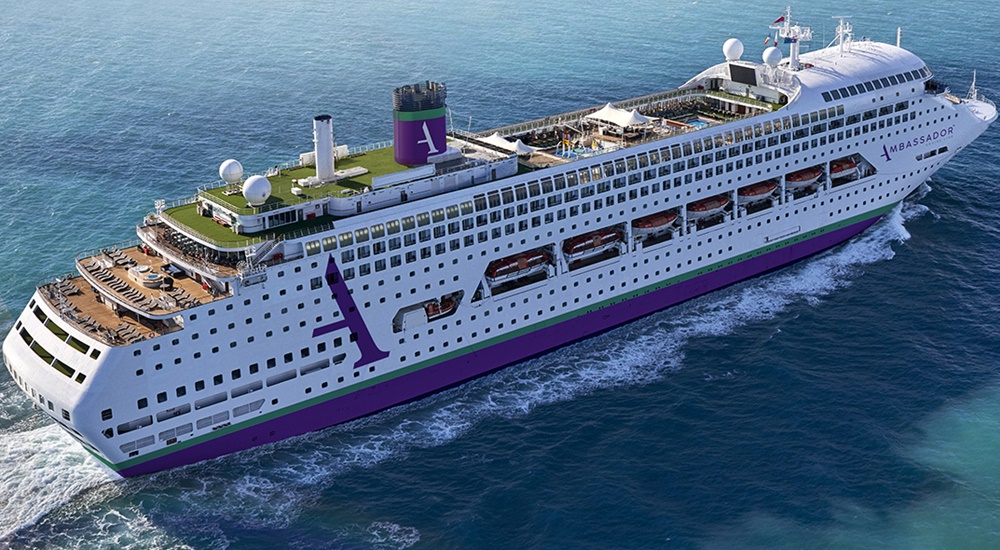Ambassador Cruise Line, a U.K.-based company that has its vessels managed by Bernhard Schulte Cruise Services, has recently upgraded its cruise ship Ambience to offer "no-fly" cruises from the U.K.'s Norwegian Heritage Fjord market, adhering to the stringent Tier III emission standards. The retrofitting involved the installation of a selective catalytic reduction (SCR) system, allowing the ship to meet the exacting environmental requirements.
Originally named Regal Princess, MS Ambience was constructed by the Fincantieri's shipyard in Monfalcone Italy in 1991 for Princess Cruises. It initially operated on North American routes and later served in the Australian market as Pacific Dawn. Due to the impact of the COVID crisis on the cruise industry, plans to convert the ship into a residence vessel were thwarted, and she eventually entered service with Ambassador Cruise Line in 2022 under her current name.
The SCR retrofit was carried out by MAN PrimeServ, the after-sales division of MAN Energy Solutions. The project involved installing SCR systems and replacing the turbochargers of two of the ship's four MAN 8L58/64 engines with modern MAN TCA 66 turbochargers.
According to MAN, their SCR system is the most environmentally friendly solution available, ensuring high operational readiness and safety. The SCR system enables clean operation at low engine loads, allowing for environmentally conscious sailing in the fjords, near ports, and populated areas.

The cruise ship's SCR retrofit has been seamlessly integrated into its engine-control setup, utilizing a fully modular design. Equipped with a closed-loop system and a weather station that utilizes environmental data, the SCR maximizes the reduction of nitrogen oxides (NOx) while minimizing ammonia slip to a mere 10 parts per million (ppm), comparable to car emissions. In addition to environmental benefits, the reduced ammonia slip also minimizes urea consumption, enabling a smaller urea-tank size.